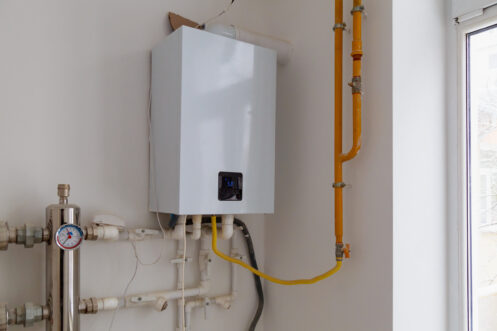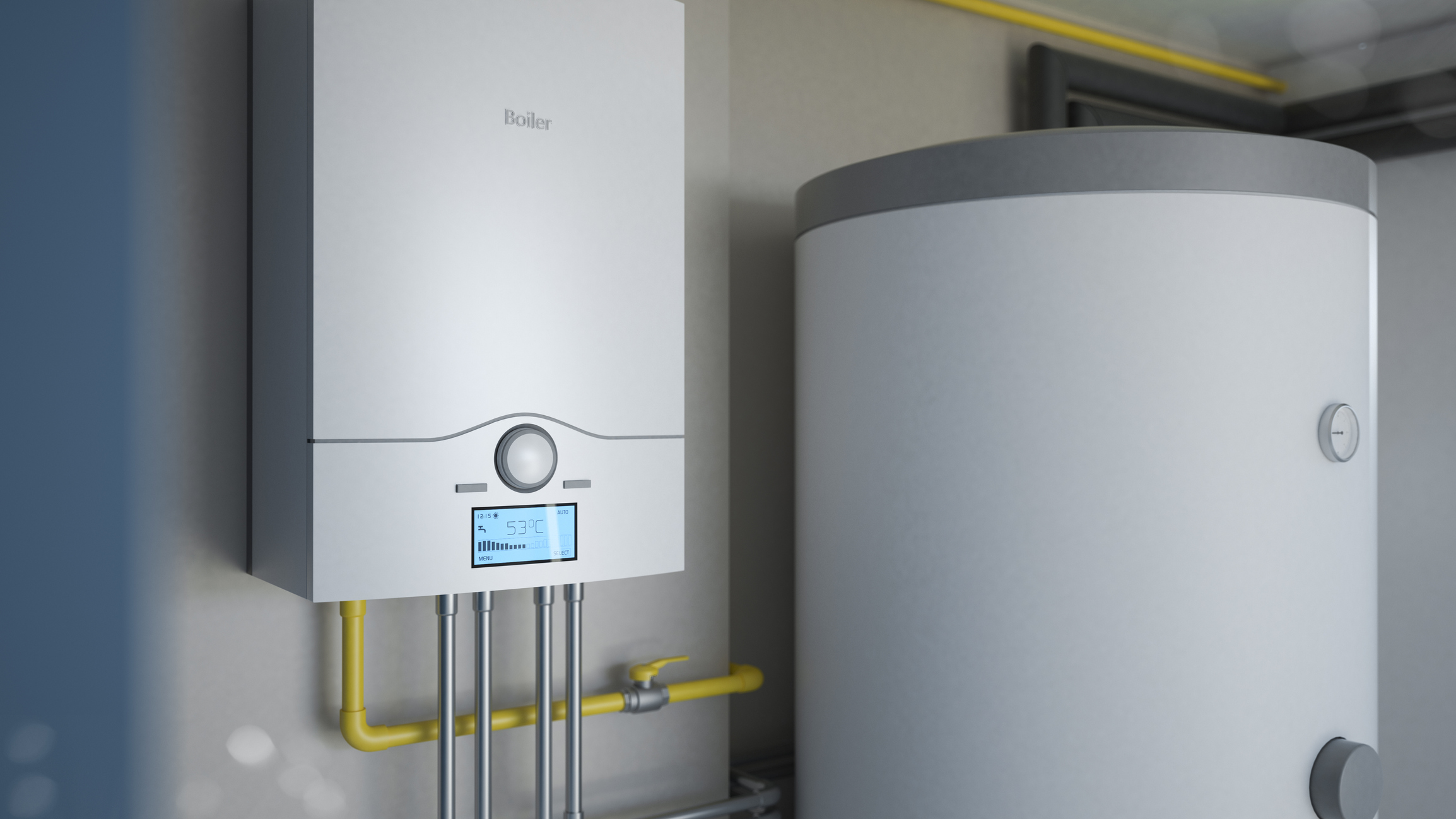Tips on How to Maintain Your Home's Hot Water System in Good Condition
Tips on How to Maintain Your Home's Hot Water System in Good Condition
Blog Article
Were you hunting for answers around How to Maintain Your Water Heater & Prolong its Life?

Warm water is vital for everyday comfort, whether it's for a revitalizing shower or washing dishes. To guarantee your warm water system runs effectively and lasts longer, normal upkeep is essential. This article gives functional ideas and insights on just how to preserve your home's hot water system to stay clear of interruptions and pricey fixings.
Intro
Maintaining your home's warm water system might appear difficult, but with a couple of easy actions, you can ensure it runs smoothly for many years to come. This overview covers every little thing from recognizing your hot water system to do it yourself upkeep suggestions and recognizing when to contact specialist help.
Importance of Preserving Your Warm Water System
Regular maintenance not just extends the life expectancy of your warm water system however additionally ensures it operates successfully. Overlooking upkeep can bring about lowered efficiency, higher power costs, and even premature failing of the system.
Indicators Your Warm Water System Demands Maintenance
Understanding when your warm water system requires attention can avoid significant issues. Look out for indications such as irregular water temperature level, strange noises from the heating unit, or corroded water.
Comprehending Your Warm Water System
Prior to diving right into upkeep tasks, it's useful to comprehend the standard components of your hot water system. Usually, this consists of the hot water heater itself, pipelines, anode poles, and temperature controls.
Monthly Upkeep Tasks
Routine month-to-month checks can aid capture small issues before they escalate.
Flushing the Water Heater
Flushing your hot water heater eliminates debris accumulation, enhancing performance and prolonging its life.
Monitoring and Changing Anode Rods
Anode rods avoid rust inside the container. Examining and replacing them when worn is vital.
Inspecting and Adjusting Temperature Level Setups
Readjusting the temperature settings guarantees ideal performance and safety.
DIY Tips for Maintenance
You can perform a number of maintenance tasks on your own to maintain your warm water system in leading problem.
Checking for Leakages
Regularly inspect pipelines and links for leakages, as these can cause water damage and greater expenses.
Evaluating Pressure Relief Valves
Examining the stress relief valve guarantees it functions properly and protects against excessive pressure accumulation.
Shielding Pipes
Insulating hot water pipes decreases warm loss and can save energy.
When to Call a Professional
While DIY upkeep is helpful, some problems require professional expertise.
Complex Concerns Needing Professional Aid
Instances include significant leaks, electrical problems, or if your hot water heater is regularly underperforming.
Routine Specialist Maintenance Benefits
Specialist upkeep can include thorough assessments, tune-ups, and making certain compliance with security standards.
Verdict
Regular upkeep of your home's hot water system is necessary for effectiveness, long life, and expense financial savings. By complying with these ideas and knowing when to look for professional assistance, you can ensure a reliable supply of warm water without unforeseen disturbances.
How to Maintain an Instant Hot Water Heater
Before tinkering with your hot water heater, make sure that it’s not powered on. You also have to turn off the main circuit breaker and shut off the main gas line to prevent accidents. Also turn off the water valves connected to your unit to prevent water from flowing into and out of the appliance. 2. When you’re done, you have to detach the purge valves’ caps. These look like the letter “T†and are situated on either side of the water valves. Doing so will release any pressure that has accumulated inside the valves while at the same time avoid hot water from shooting out and burning your skin. 3. When the purge valves’ caps are removed, you have to connect your hosing lines to the valves. Your unit should have come with three hoses but if it didn’t, you can purchase these things from any hardware or home repair shops. You can also get them from retail stores that sell water heating systems. Read the user’s manual and follow it to complete this task properly. When the hosing lines are connected, open the purge port’s valves. 4. You should never use harsh chemical cleaners or solutions when cleaning your unit. Make use of white vinegar instead. It should be undiluted and you’ll probably use about 2 gallons. 5. Now flush your water heater. This task should probably take about 40 minutes. We can’t give you specific directions for this because the procedure is carried out depending on the type, model and brand of your heater. With that being said, refer to the user’s manual. 6. When you’re done draining the unit, you have to turn off the purge port valves again. Remove the hosing lines that you earlier installed on each of the water valves. Put the valve caps (purge port) back in their respective places and be very careful so as not to damage the rubber discs that are found inside these caps. 7. Now that everything’s back in place, check your user’s manual again to find out how to reactivate your water heating system. 8. Once it is working, turn one of your hot water faucets on just to let air pass through the heater’s water supply pipes. Leave the tap on until water flows smoothly out of it. https://www.orrplumbing.com/blog/2014/september/how-to-maintain-an-instant-hot-water-heater/

Do you enjoy reading up on How to Maintain a Hot Water Heater in a Few Simple Steps? Put feedback below. We will be delighted to know your opinion about this write-up. We hope to see you back again soon. If you appreciated our blog post kindly consider to pass it around. Thanks a bunch for your time. Return soon.
Quote Report this page